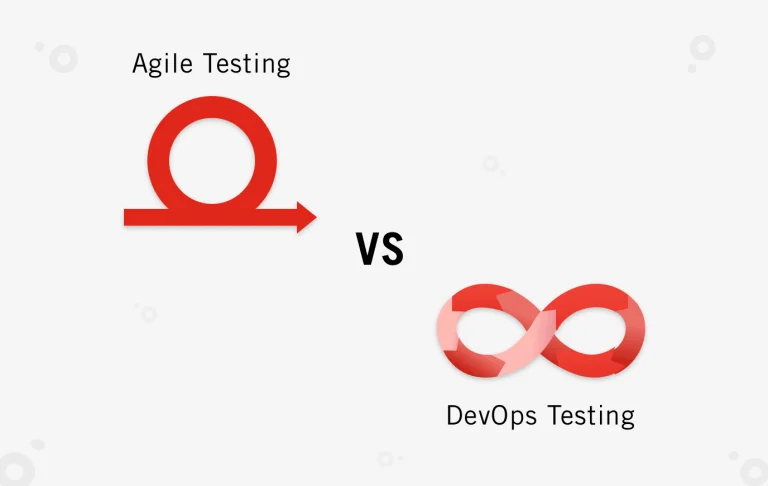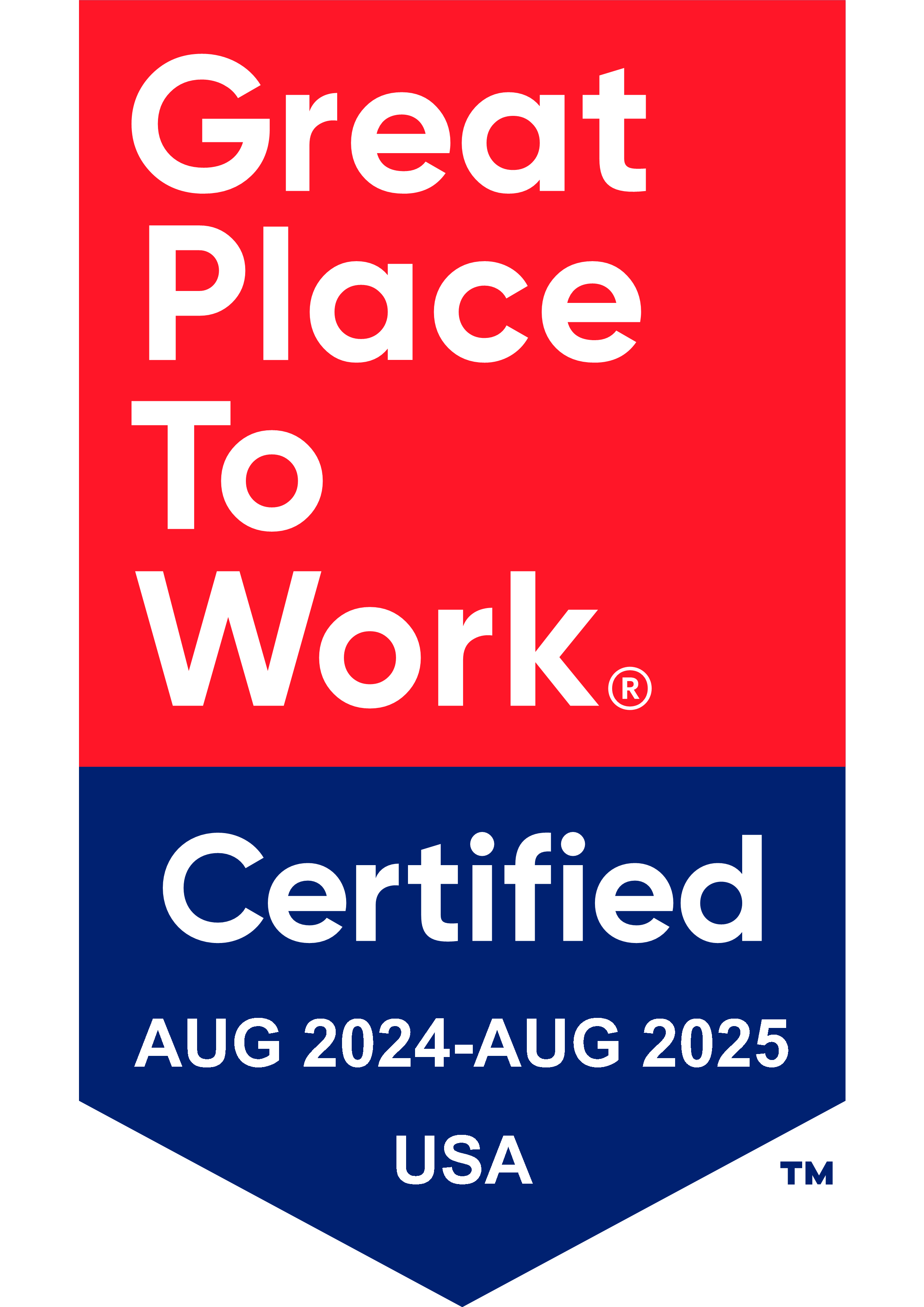Efficient Testing of Agile and DevOps Deployments
Traditional testing mechanisms need to evolve to meet shifting approaches to software development that meet continuous testing needs of deployment from months to days.
Waterfall gave way to V-Model which in turn was replaced by Agile as the preferred choice for software development. DevOps is the future.
Bitwise shares the following analysis of Agile versus DevOps Testing to efficiently meet your testing requirements for Agile and DevOps deployments.
What to Explore
Agile Testing Services
Functional Test Automation and faster feedback are the essential ingredients to create a successful Agile testing recipe.
Agile test automation capabilities can simplify testing of software products developed using Agile methodology.
Recommendations for successful implementation of Agile testing:
- Thorough understanding of Agile test quadrants.
- QA team is conversant with a wide array of testing tools and Agile methodologies (Scrum, Kanban, etc.).
- Application of inverted test pyramid in Agile.
- Integration and execution of functional/non-functional tests on CI servers (i.e. Jenkins).
- Incorporation of behavior-driven development (BDD) frameworks for acceptance testing.
Your organization will benefit from Agile testing implementation since culture shift will be easier when your QA team becomes conversant with Agile principles and hands-on work in Agile.
In addition, probable adoption of DevOps becomes easy in your evolution of deployment methodology.
DevOps Testing Services
There are subtle differences in Agile and DevOps Testing – the most prominent differences being continuous testing and engaging test automation at each phase.
Even though both Agile and DevOps advocate a culture, testing in DevOps is more fast-paced than in an Agile setting and relies on automating every possible task from testing to deployment.
Recommendations for successful implementation of DevOps testing:
- Adherence to continuous testing.
- Automating feasible tasks.
- Layered tests (Smoke test, subset of regression tests, full-blown regression tests) to ensure faster feedback at each checkpoint.
- Intelligent regression testing.
- Ability to set up testing environments.
- Execution of automated tests (cross-platform, cross-browser, and cross-device).
- Scaled up performance/load testing.
- Creation of a wholly evolved test automation harness.
Your organization will benefit from Agile testing implementation by enabling close collaboration with stakeholders and developers, thus aiding communication within the team.
Furthermore, you will see a reduction in time-to-live with parallel execution, achieve optimum test coverage with test automation and be able to identify and execute tests for a particular build, yielding quicker feedback.
Continuous Testing with Speed and Quality
Whether starting the process of implementing Agile testing or advancing your capability to a DevOps paradigm, continuous testing is essential to delivering better quality and quicker time-to-market of your applications in today’s competitive environment
Keeping ahead of changing industry trends, Bitwise is well versed in providing test automation tools, technology, and capabilities to enable a smooth transition to Agile and DevOps maturity and accelerate the deployment of highly complex enterprise applications.
You Might Also Like

Data Security
Implementing Fine-Grained Data Access Control: A Complete Guide to GCP Column-Level Policy Tags
Learn More










